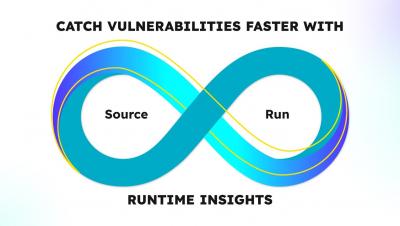Security | Threat Detection | Cyberattacks | DevSecOps | Compliance
Vulnerability
OWASP Machine Learning Top 10 And All About It
Applications of machine learning have grown exponentially over the past few years and with it, the possibilities of malicious attacks targeting it through any vulnerabilities present.
The SecurityManager is getting removed in Java: What that means for you
The Java Development Kit (JDK) library's java.security package is one of the most important packages, yet despite consistent updates, it remains vastly underutilized. In light of the increased emphasis on cybersecurity frameworks, including zero trust, it's imperative for Java developers to become familiar with Java SE's security libraries. As with any other field in information technology, cybersecurity has a capricious nature. After all, it has to keep up with the latest trends in cybercrime.
Vulnerabilities: The Gateway to Cloud Breaches
A Guide to Handling the MOVEit Attack
Last week, a vulnerability in the popular MOVEit managed file transfer service was exploited by the CL0P ransomware gang to execute data breaches – an increasingly common cybersecurity attack technique where popular software is exploited to target, by extension, their users. Victims of this hack include British Airways, Boots, BBC, and multiple US government agencies.
ICS attack classifications: differentiating between Cyberwarfare, Cyberterrorism, & Hacktivism
Every news article about a threat group or attack floods the reader with classifications: nation-state groups, hacktivists, cyberterrorists, etc. But how can we define who is what? How can we differentiate between said categories? How should we deal with potential classification overlaps? Especially in the ever-evolving cyberwarfare realm, how can we approach these closely rooted phenomena?
OWASP Explained: Today's OWASP Top 10
What you need to know about the new 2023 OWASP API Security Top 10
Continuous scanning in your production environment is more important than ever
CVE-2023-34362 - Zero-Day Vulnerability Discovered in MOVEit Transfer is Exploited in the Wild by Cl0p Ransomeware - Here's What you Need to Know
On May 29, 2023, a critical security vulnerability, identified as CVE-2023-34362, was published, leaving users of MOVEit Transfer software at high risk. According to Progress, organizations have reported possible exploitation in the wild. Therefore it’s crucial that any business using MOVEit Transfer to take immediate action, especially since all versions of this popular file transfer software are affected by this vulnerability.











